One of the most iconic WW-II fighters is undoubtedly the Vickers-Supermarine Spitfire. The prototype first flew at Eastleigh, Southampton, on March 5, 1936, 80 years ago, and production totaled over 22,500 aircraft. Now, groups of builders are again producing Spitfires in the U.K., scrambling them into the skies of southern England.
Australian pilot and homebuilder Mike O’Sullivan was infatuated by this aircraft and devoted his later career to creating an all-metal kit of the Spitfire so that others could share in the nostalgia of this aviation icon. Vickers-Supermarine built mark numbers of the Spitfire from 1 through 24. O’Sullivan’s first Spitfire iteration was the Mk.25, which subsequently evolved into the 80% scale Mk.26, and more recently the two-seat 90% scale Mk.26B.
Established since 2010 in Cisco, Texas, O’Sullivan’s company, Supermarine Aircraft, has sold 80+ kits of both the Mk.26 and Mk.26B worldwide. Some of these have been to the Spitfire’s homeland in the U.K., and the most interesting and productive of these sales have been to members of the Enstone Flying Club, near Oxford. U.K. sales of these kits represent a fair proportion of total sales—13 or 14. The design of both models is now approved by the Light Aircraft Association (LAA), who administers the issue of Permits to Fly on behalf of the U.K.’s Civil Aviation Authority. The LAA has the reputation of being a stickler and extremely stringent when it comes to airworthiness standards and requirements for mods of new kit and homebuilt designs, and even more so of new kit and new engine combinations. That the Mk.26B with the Isuzu V-6 engine has just been approved in the first of the Enstone-built Spitfire Mk.26Bs is a credit to both the design and the professionalism of Enstone’s Spitfire Club and founder Paul Fowler.
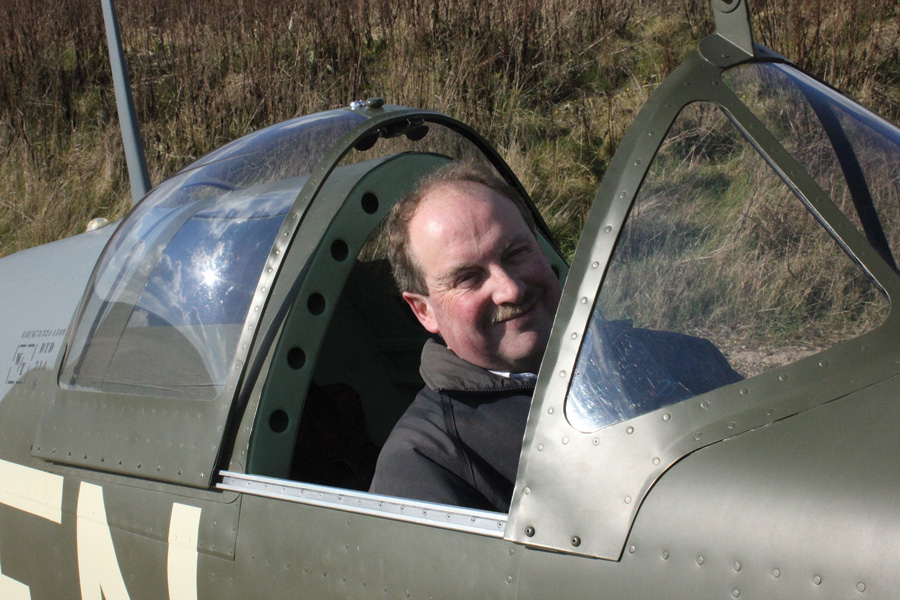
Paul Fowler, whose vision has resulted in the first of what will be many other Spitfire Mk.26Bs being built by Spitfire Club members.
The Spitfire Club
Fowler is a self-confessed aircraft nut. He has always had a penchant for WW-II fighters and the Spitfire in particular. His web site literature to support the Spitfire Club tells the whole story about the interest and enthusiasm he has and his many aircraft-building colleagues. His sales pitch is a no-brainer, with a brand-new, single-seat Spitfire with a Merlin V12 engine now costing in excess of $3 million (2 million), and that’s before running and other costs are taken into consideration. Very few pilots have that sort of money to invest in their passion. A brand-new two-seat Supermarine Spitfire Mk.26B with a General Motors V-6 Isuzu engine costs around $305,000 (230,000). You have to build the Mk.26B, of course, but the 6000+ man hours that went into building the U.K.’s prototype are not factored into these figures. Fowler worked on the costs and figured that if a group of 20 could build a Spitfire (the maximum number allowed by the CAA to part-own an aircraft), each partner would have to invest only $15,000 (10,500). Make that 12, the group number that has so far become the norm, and that is $25,400 (17,500) each. This sort of investment for a 1/12 share in a living, breathing Spitfire is considered by everyone who has signed up with Fowler so far, to be a steal.
Fowler continues the story: “It has been my dream to have a 21st-century production line of Spitfires, building into a squadron. The squadron is not just about flying, but the camaraderie of ground crews and maintenance engineers, as well as pilots. In this way the numerous non-pilots who want to get involved in practical and nostalgic aviation can step up to the plate. Forming a Spitfire squadron based around kitbuilt Spitfire Mk.26Bs seemed a way of doing this, reflected in the interest that has now materialized.”
Fowler came to Enstone about 12 years ago. The former WW-II airfield was home to types including the Vickers Wellington, Miles Martinet, Curtiss Tomahawk, Hawker Hurricane, and North American Harvard, until it closed for military use in 1946. Civilian flying grew here with gliders and ultralights, and more recently more mainstream GA, including a flight school. The school is part of Enstone Flying Club, which was founded about 30 years ago. Fowler joined the Enstone Flying Club as its manager and as an instructor. This was before the recession, and the club was managing to retain most of the students it trained after they obtained their PPLs. But then the economy floundered, and flying for pleasure became a luxury. Fowler sought a way of keeping PPLs flying and interested.
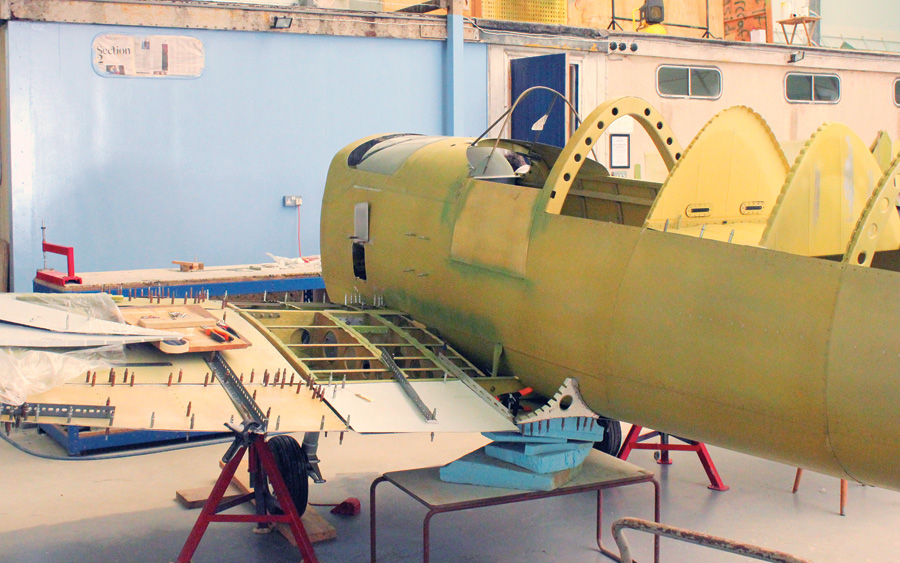
After just three months of work, the second Spitfire Mk.26B team has an airframe that looks like a Spitfire.
Most itinerant pilots and enthusiasts find great difficulty in being accepted by the warbird community. These types of people just can’t get the opportunity—at least in the U.K.—to work on real warbirds. Fowler started speaking to O’Sullivan, figuring that to get involved in building a kit Spitfire, a pilot or enthusiast doesn’t have to have a shed-load of money, doesn’t have to be highly skilled and trained, and there are no barriers to entering this fraternity. Fowler discussed with O’Sullivan the idea of putting three Spitfire kits into a shipping container and exporting them to the U.K. This was the reality for forming the Spitfire Squadron, named City of Oxford, in honor of the city about 20 miles to the south.
Join the Club
Each kit Spitfire is owned by a group of 12 or so members. The group is reponsible for building the aircraft and operating it upon completion. The only requirement for members to join the Spitfire Squadron is to also become a member of the Enstone Flying Club, currently a mere $177 (136.00) per annum. You can then become a full shareholder in one of the Spitfires, or as a volunteer participate in aspects of the construction under the supervision of one of the team, and ultimately squadron leader Fowler.
Fowler thought the scheme would be over-subscribed, particularly as the economy started to bounce back, but has been disappointed that, so far, only two groups have materialized. However, to his credit, he has taken the Spitfire Squadron through the most difficult phases of this idea, overseeing the building of a new type under the auspices of the LAA, ironing out the many glitches and problems a new type brings with it, getting it flying and, most importantly, getting the type LAA approved in the U.K. with a valid Permit to Fly. Others can now build the Spitfire Mk.26B as an approved LAA design, Fowler having done the hard legwork in achieving this status.
From the first Spitfire Mk.26B’s first flight at Enstone in October 2014, through the many months of the detailed and lengthy test-flight phase, the Permit was eventually granted in summer 2016. This was obviously a significant landmark, and also meant that construction of the Spitfire Squadron’s second aircraft has been able to proceed much more quickly. It will be finished and flying in much less time than the whole test-flying program for the U.K. prototype.
Men at Work
When I visited the Spitfire Squadron at the end of February 2016, the second group of builders had been working for five months and already had a project in the hangar that looked like a Spitfire. The core of the group consisted of six men with a variety of ages, skills and experience. Roy Noble, a retired de Havilland aeronautical engineer, who had recently worked on the restoration of a real, 100% Hawker Hurricane, was completing a wing flap and also discussing the best way to complete the less than straightforward, all-metal, multi-curved wingtips. This second aircraft’s airframe was at a critical stage, the main fuselage and wing elements all complete, lots of trial fitting of smaller components in progress, and awaiting the arrival of the LAA inspector to sign off this stage of the project before the airframe could be closed up with top skins and coverings.
Noble and Fowler felt that Spitfire number 2, to be coded “E” for “Echo” (the first is “A” for “Alpha”), “is really motoring.” The Isuzu engine should be delivered soon and fitted so that the first engine runs will be during summer 2016, and the first flight is planned before the end of the year. Both agreed that the hard part, getting Spitfire number 1 completed, flying, and with a Permit, is now behind them, and that number 2 and subsequent examples will be much easier and swifter.
Fowler is at pains to point out that his groups building Spitfires are not trying to be something that they are not. They know these are not real Spitfires, but nonetheless are fairly accurate, lifelike replicas. The Spitfire Mk.26B takes away a lot of the nasty stuff associated with owning and flying a real Spitfire, not least the expense of ownership, including the hefty fuel costs of a Merlin engine. A Spitfire Mk.26B uses about 10 gallons (38 liters) of fuel per hour and costs about $143 (110.00) per hour to run. The Spitfire Mk.26B is a modern take on the WW-II icon, but still a thoroughbred that requires skilled people to fly, operate, and maintain it. The Enstone Flying Club’s Spitfire Squadron is up and running and attracting more members and more attention. It is helping to generate the feel of an old-fashioned flying club, with a good social scene as well, and also trying to bring the realities of private flying to the non-aviation people of their local area, inviting them in a “hearts and minds” program to come to the Enstone Flying Club and the Spitfire Squadron to see building work in progress.
By the Book
While I was visiting, I took the opportunity to leaf through Spitfire A’s build book, an LAA dossier that is in place for each aircraft, with 28 sign-off sections. The U.K. system, through the LAA and its inspectors, is good, efficient, and enviable. If an inspector looks at an aircraft project and is not happy with the quality of work, then he (or she) has no option but to say so and not sign off. Unless the inspector is completely happy, a project cannot progress to the next stage. Builders such as those at Enstone work with their inspector and the LAA to ensure that the sign-off phases happen. Fowler says, “We didn’t want this process to become overbearing, but it has to be right; it has to be perfect because our members and pilots are going to be flying these aircraft. This isn’t a lofty ideal, it is reality.”
I help Fowler and some of the team push Spitfire A out into the Oxfordshire sunshine for some photographs. The Murray Flint matt/gloss paint job looks absolutely authentic, the aircraft, with a few small exceptions, looks authentic, and the attention to detail, in the cockpit and outside, is stunning. This aircraft and the whole Spitfire Squadron ethos that has been created here is remarkable. With cement bags on the rear seat to simulate a second occupant’s weight, the arrival of test pilot Jez Cooke to fly off the last detail of the test flight program is imminent. He reports that the aircraft flies beautifully and, in fact, is easier to handle with two on board. The sight and sound of this Spitfire Mk.26B bearing down on Enstone airfield out of the Oxfordshire skies, soon to be joined by other Squadron aircraft, is testament to the design, the kit, the builders, and the realization of the dream of one aviation fanatic, Paul Fowler.


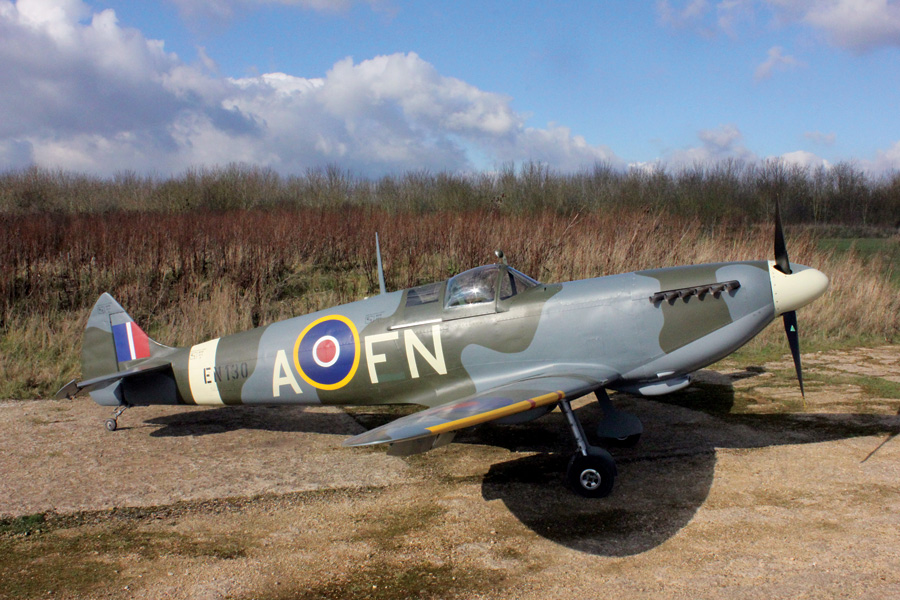
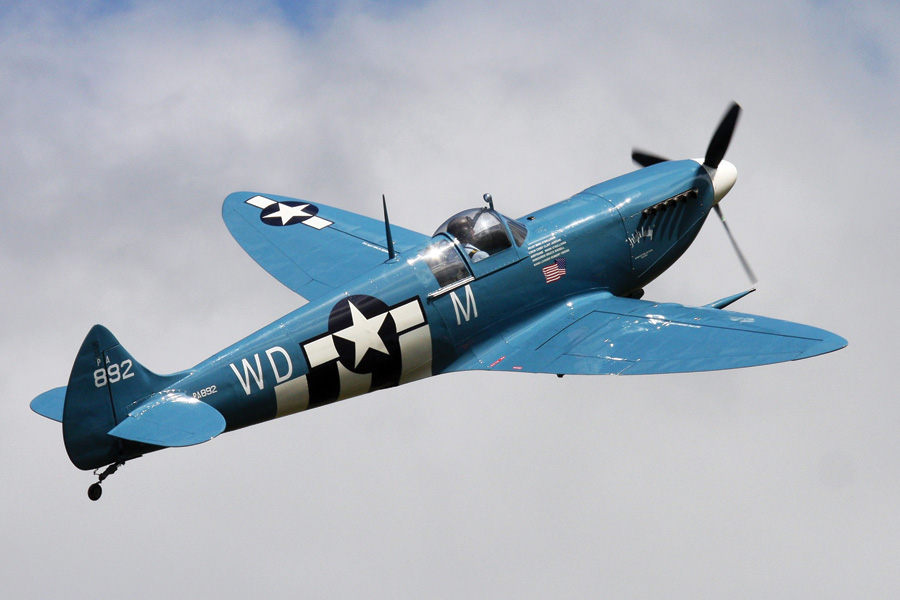
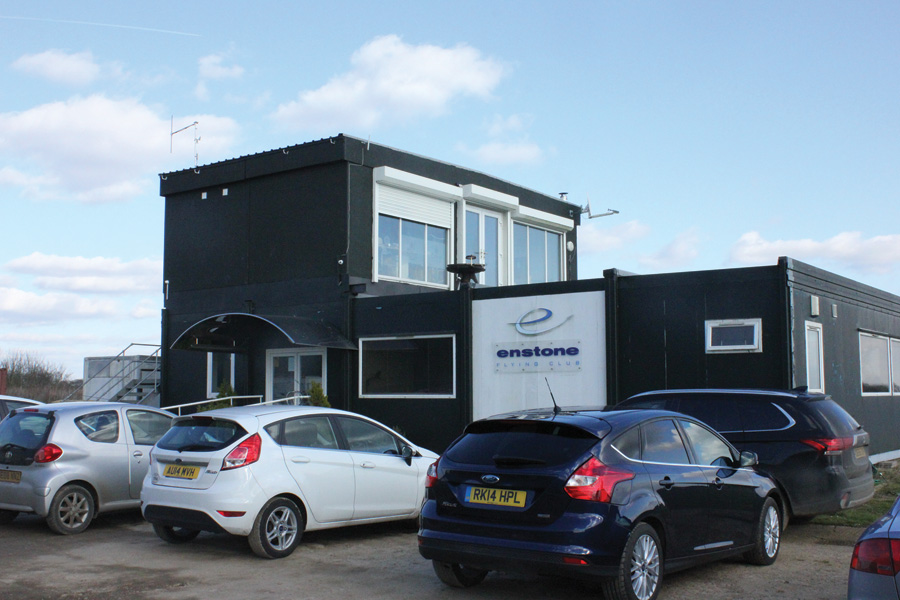

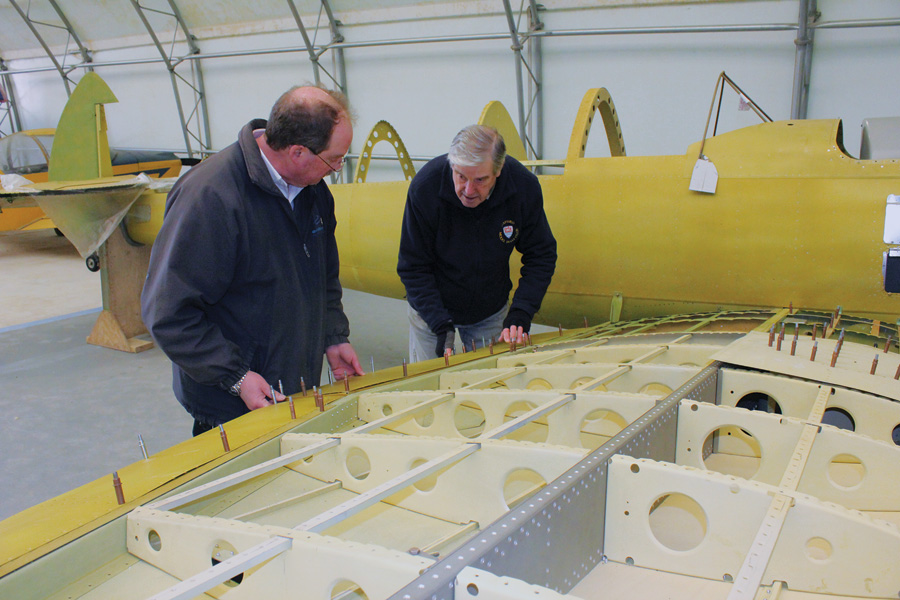
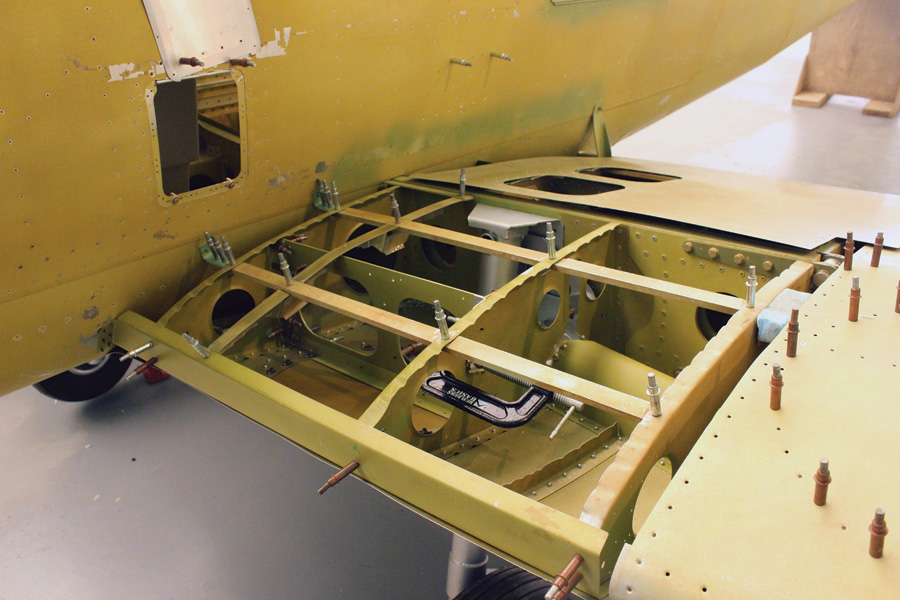
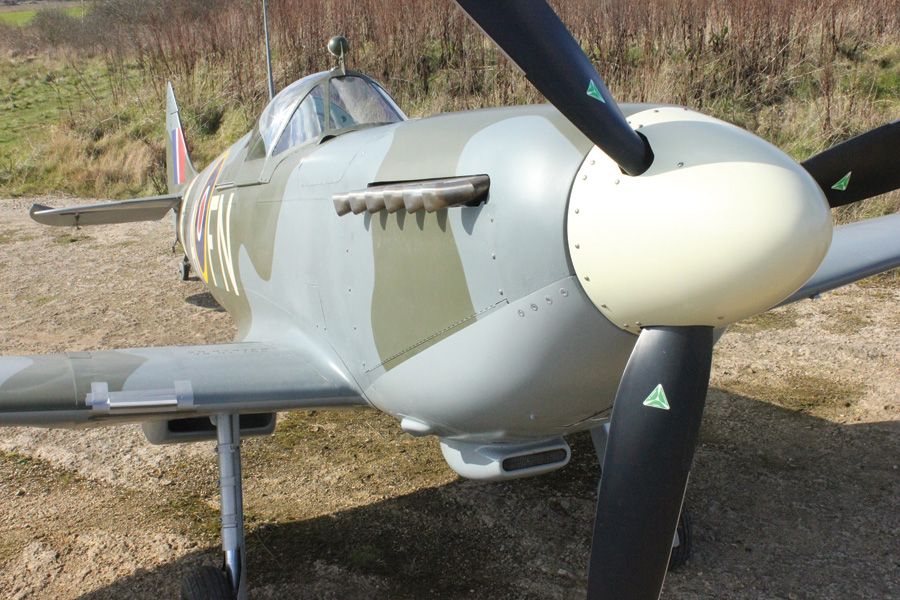
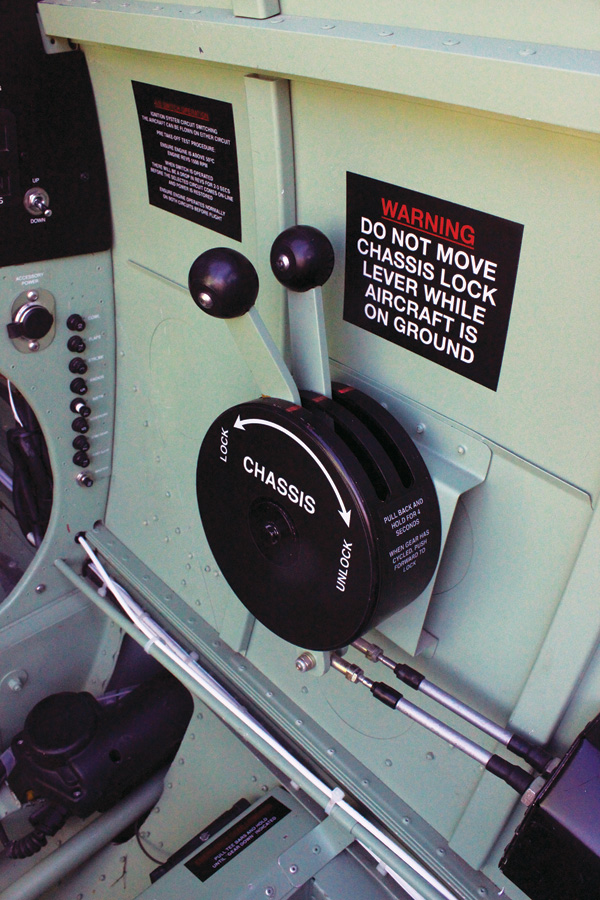
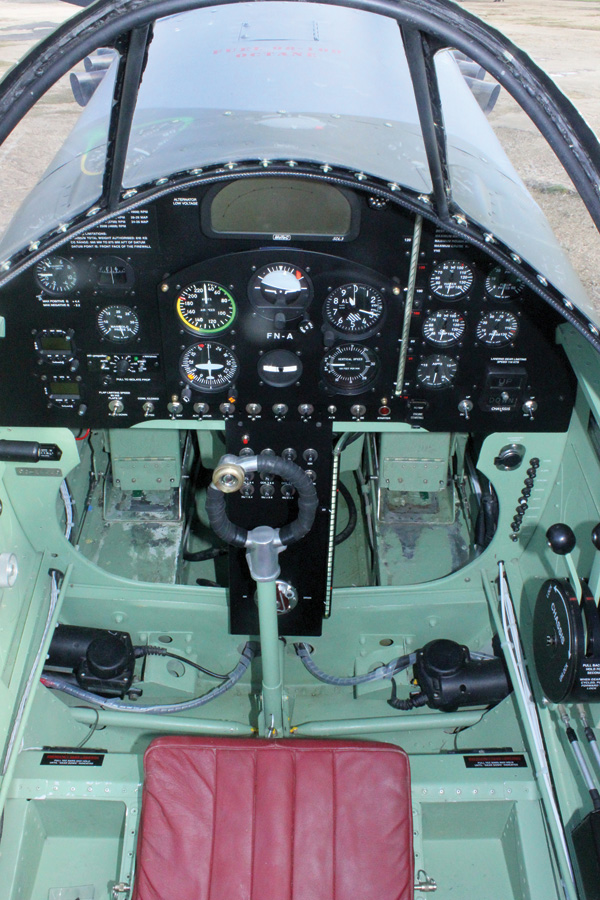
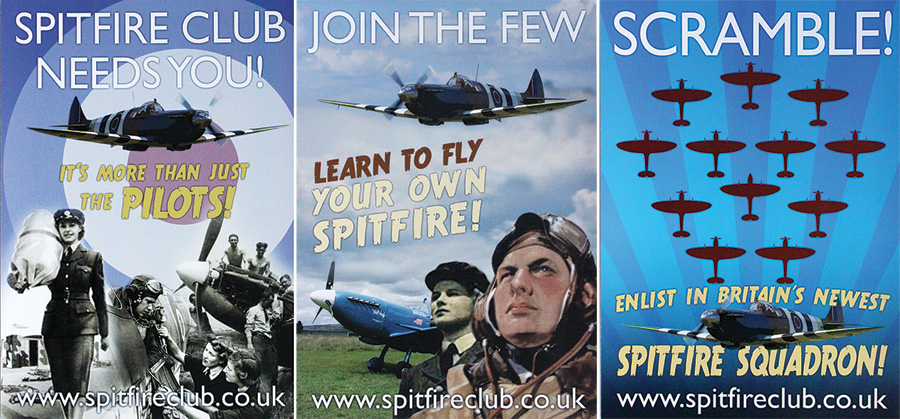

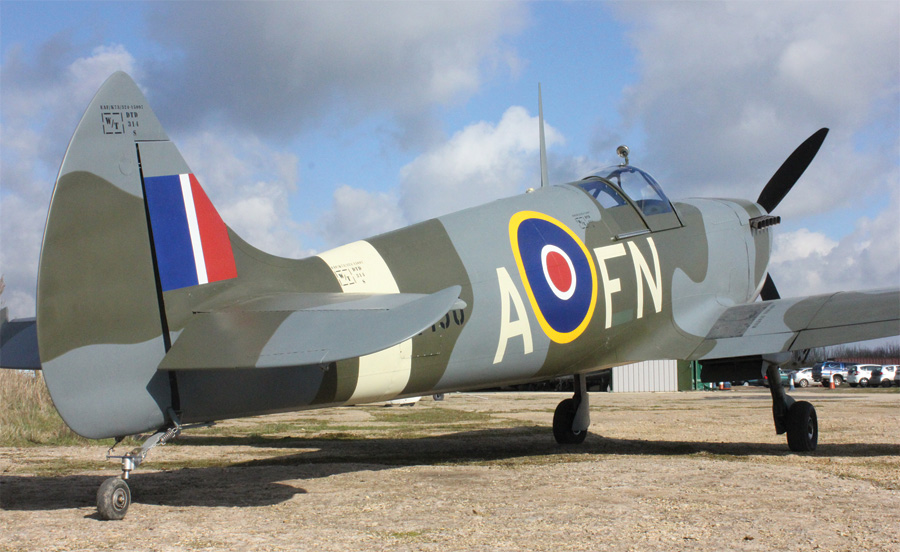
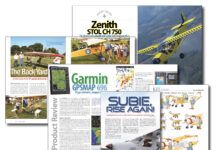
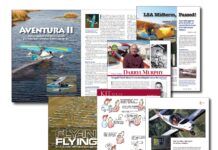
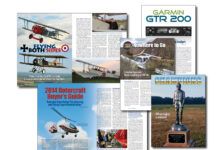
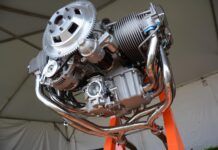
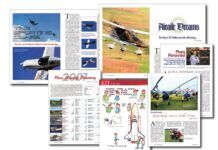
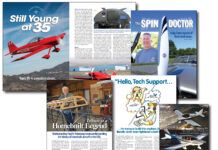
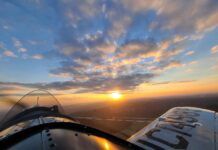

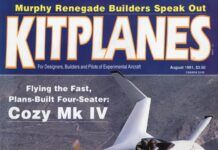
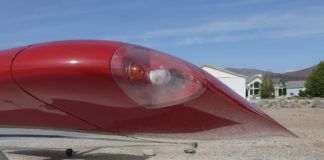
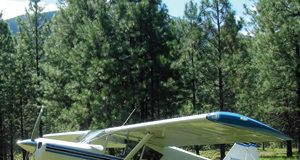
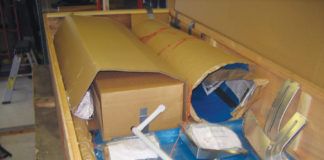
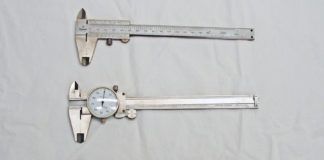
No mention of the V8 LS powered 80% version, but great story.
you beat me to it.